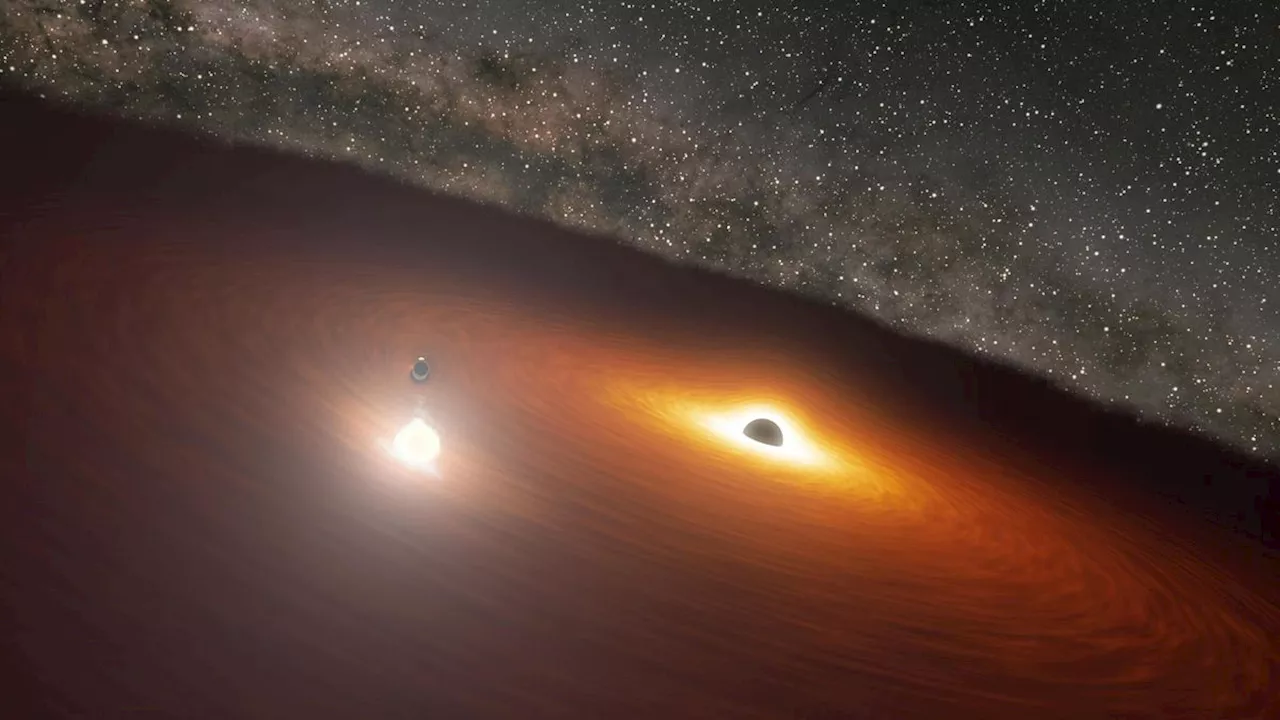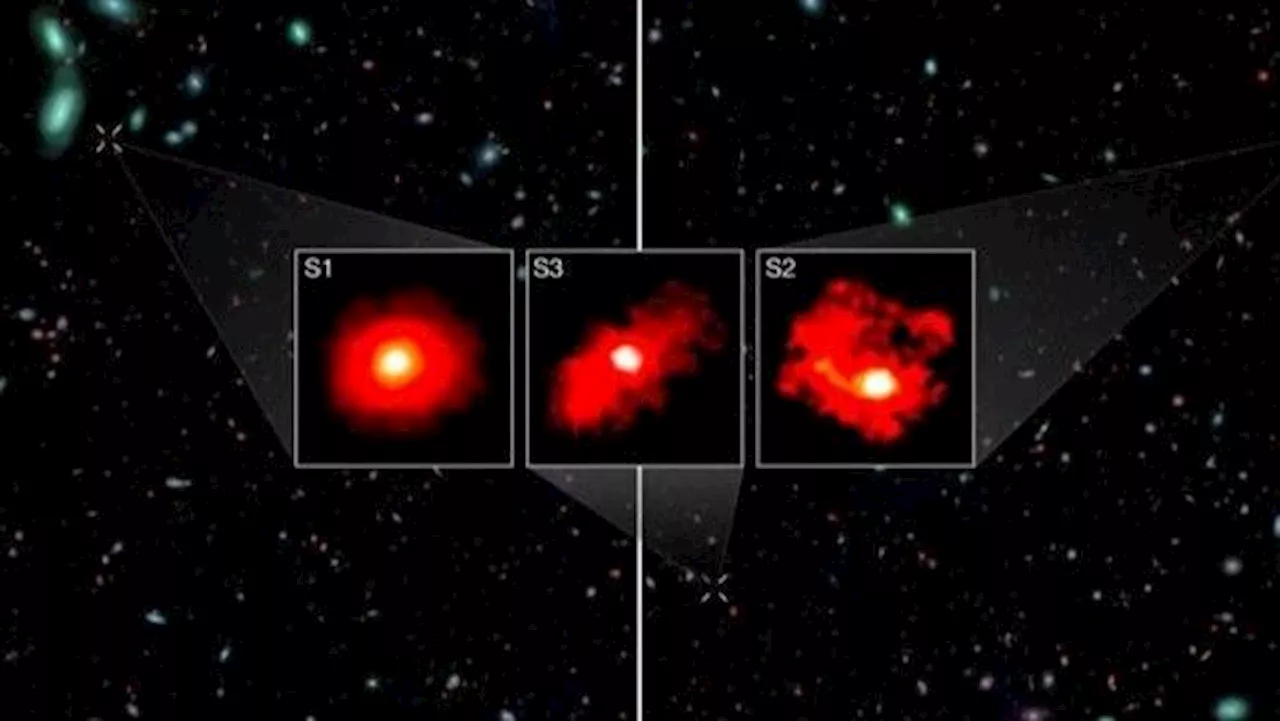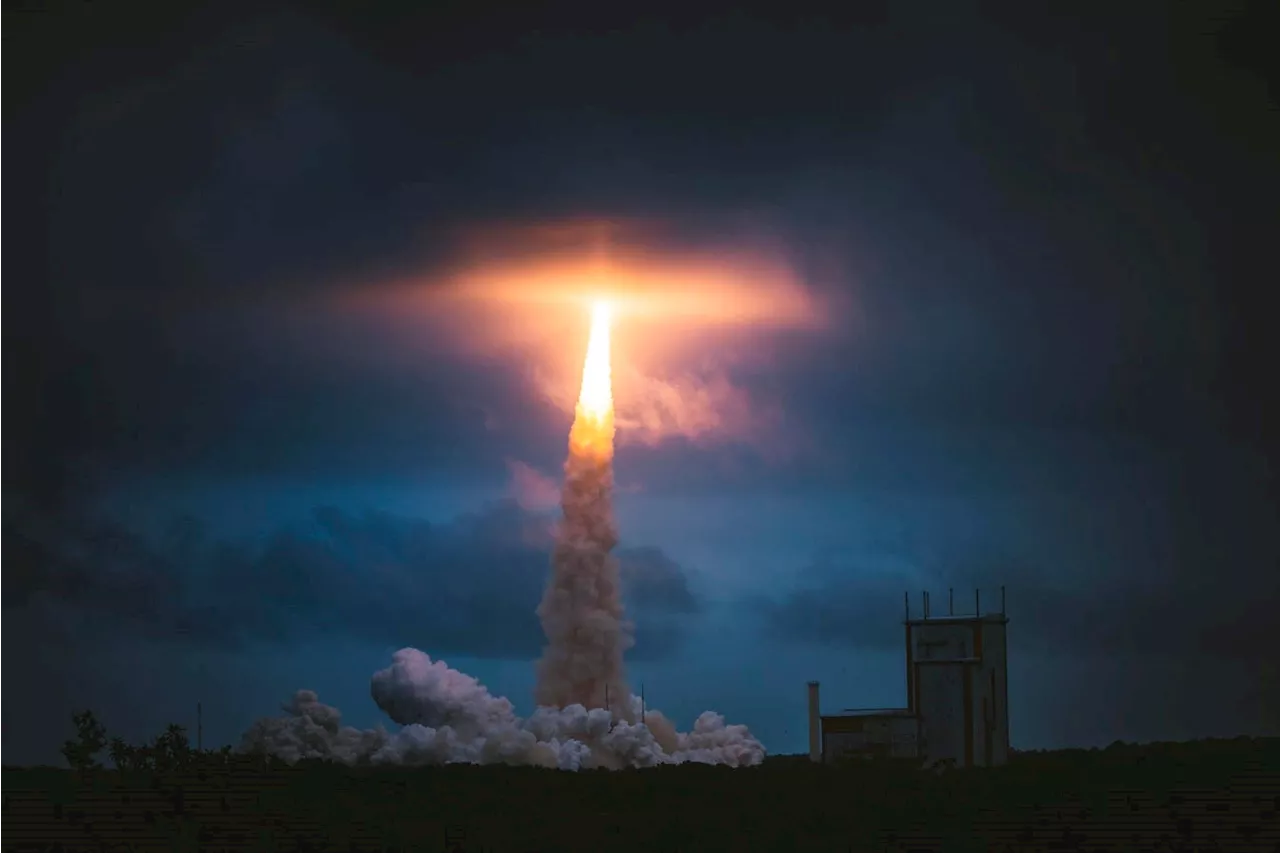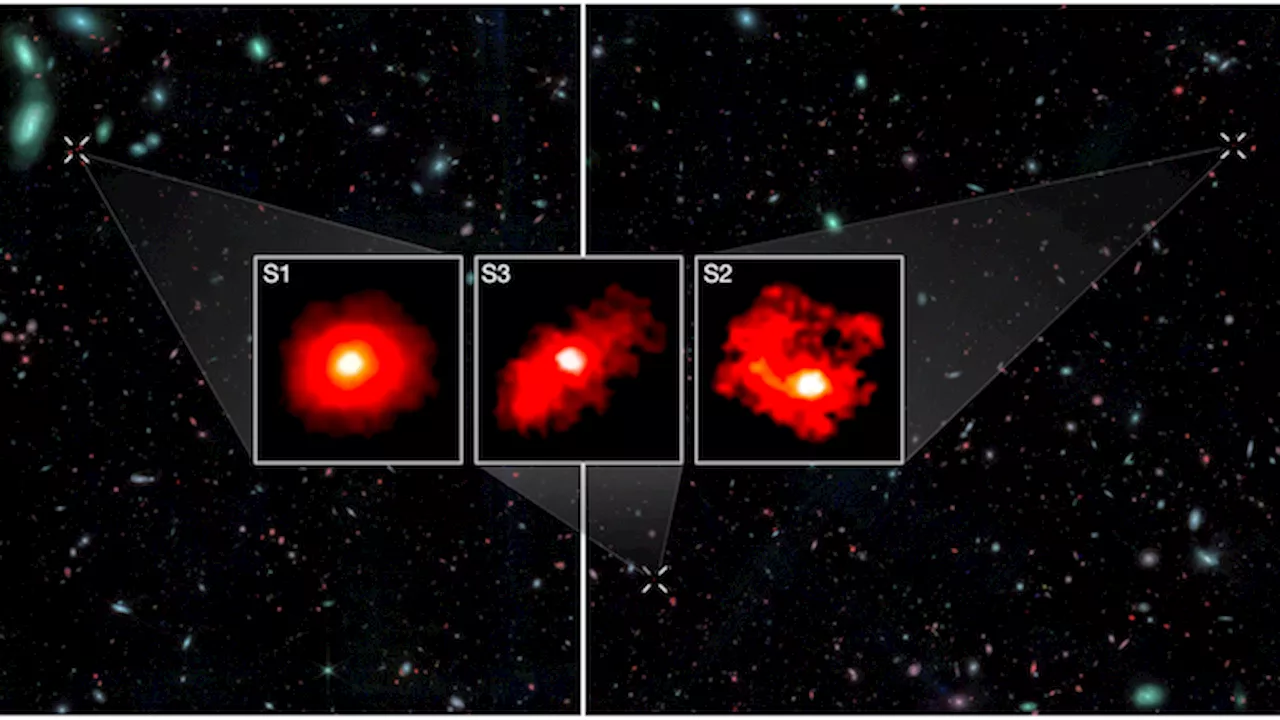Paul M. Sutter is an astrophysicist at SUNY Stony Brook and the Flatiron Institute in New York City.
Jam packed issues filled with the latest cutting-edge research, technology and theories delivered in an entertaining and visually stunning way, aiming to educate and inspire readers of all agesNASA simulation shows the glow from two supermassive black holes as they spiral toward each other ahead of a collision.Astronomers have long been puzzled by supermassive black holes that seem to have fully formed in the earliest epochs of the universe.
In the 1970's, Stephen Hawking proposed that the universe may have naturally produced copious numbers of tiny black holes in the first few moments of the Big Bang. These black holes wouldn't come from the collapse of stars; rather, they would be born directly from matter and energy compressed to high densities in the chaotic fluctuations of those early epochs.and be visible in the present-day universe.
United States Latest News, United States Headlines
Similar News:You can also read news stories similar to this one that we have collected from other news sources.
 'Impossible' black holes discovered by the James Webb telescope may finally have an explanationPaul M. Sutter is a research professor in astrophysics at SUNY Stony Brook University and the Flatiron Institute in New York City. He regularly appears on TV and podcasts, including 'Ask a Spaceman.' He is the author of two books, 'Your Place in the Universe' and 'How to Die in Space,' and is a regular contributor to Space.
'Impossible' black holes discovered by the James Webb telescope may finally have an explanationPaul M. Sutter is a research professor in astrophysics at SUNY Stony Brook University and the Flatiron Institute in New York City. He regularly appears on TV and podcasts, including 'Ask a Spaceman.' He is the author of two books, 'Your Place in the Universe' and 'How to Die in Space,' and is a regular contributor to Space.
Read more »
 James Webb Space Telescope discovers mysterious 'red monster' galaxies so large they shouldn't existBen Turner is a U.K. based staff writer at Live Science. He covers physics and astronomy, among other topics like tech and climate change. He graduated from University College London with a degree in particle physics before training as a journalist.
James Webb Space Telescope discovers mysterious 'red monster' galaxies so large they shouldn't existBen Turner is a U.K. based staff writer at Live Science. He covers physics and astronomy, among other topics like tech and climate change. He graduated from University College London with a degree in particle physics before training as a journalist.
Read more »
 Lava could light up the James Webb Space Telescope's search for watery exoplanetsKiona Smith is a science writer based in the Midwest, where they write about space and archaeology. They've written for Inverse, Ars Technica, Forbes and authored the book, Peeing and Pooping in Space: A 100% Factual Illustrated History. They attended Texas A&M University and have a degree in anthropology.
Lava could light up the James Webb Space Telescope's search for watery exoplanetsKiona Smith is a science writer based in the Midwest, where they write about space and archaeology. They've written for Inverse, Ars Technica, Forbes and authored the book, Peeing and Pooping in Space: A 100% Factual Illustrated History. They attended Texas A&M University and have a degree in anthropology.
Read more »
 Review Of Infinite Cosmos: Visions From The James Webb Space TelescopeI value storytelling, narrative depth, and plain language.
Review Of Infinite Cosmos: Visions From The James Webb Space TelescopeI value storytelling, narrative depth, and plain language.
Read more »
 James Webb Space Telescope unveils surprising 'Red Monsters' in the early universeLarissa G. Capella is a Brazilian science writer based in the U.S. with a broad passion for the sciences, including physics, astronomy, geoscience, neuroscience, and more. She earned both a B.S. in Physics and a B.A. in English from Western Washington University in 2024.
James Webb Space Telescope unveils surprising 'Red Monsters' in the early universeLarissa G. Capella is a Brazilian science writer based in the U.S. with a broad passion for the sciences, including physics, astronomy, geoscience, neuroscience, and more. She earned both a B.S. in Physics and a B.A. in English from Western Washington University in 2024.
Read more »
 James Webb Space Telescope finds galaxies pointing toward a dark matter alternativeSharmila Kuthunur is a Seattle-based science journalist covering astronomy, astrophysics and space exploration. Follow her on X skuthunur.
James Webb Space Telescope finds galaxies pointing toward a dark matter alternativeSharmila Kuthunur is a Seattle-based science journalist covering astronomy, astrophysics and space exploration. Follow her on X skuthunur.
Read more »
